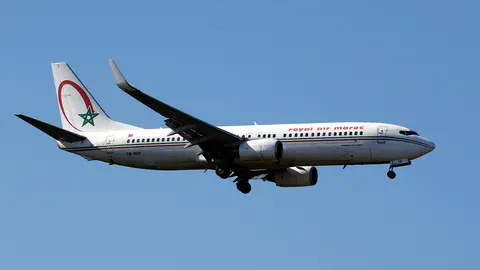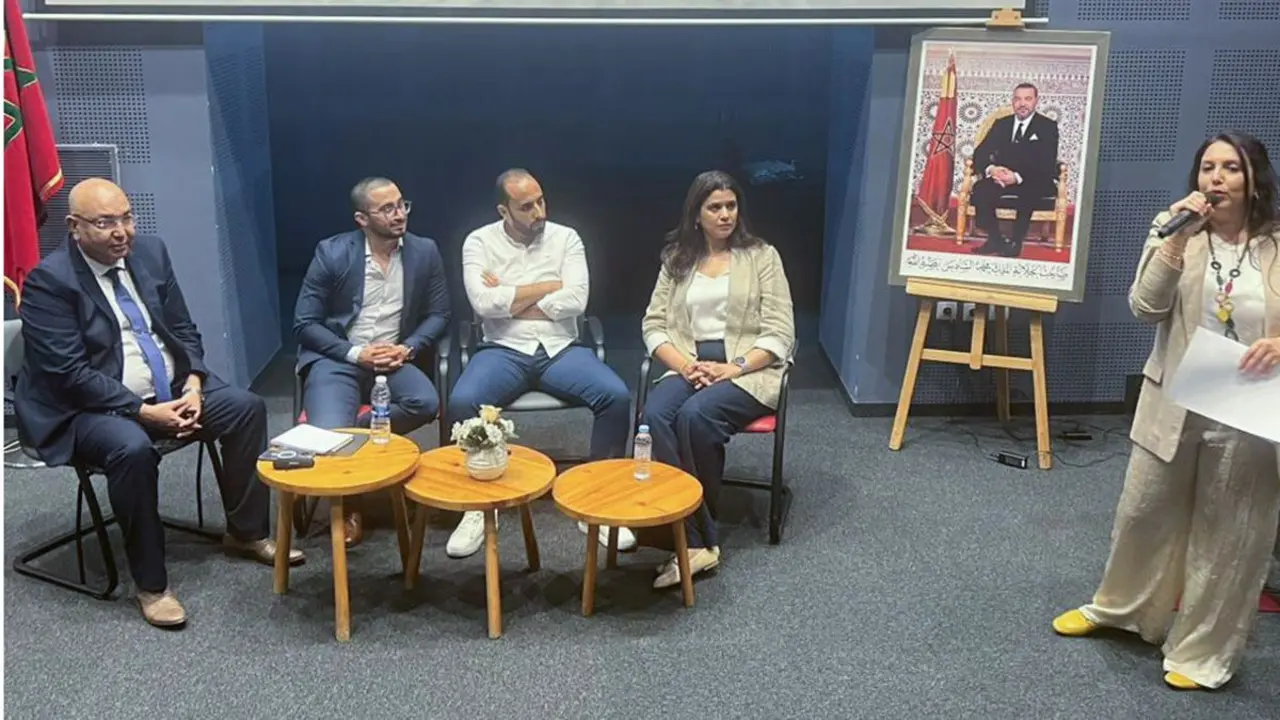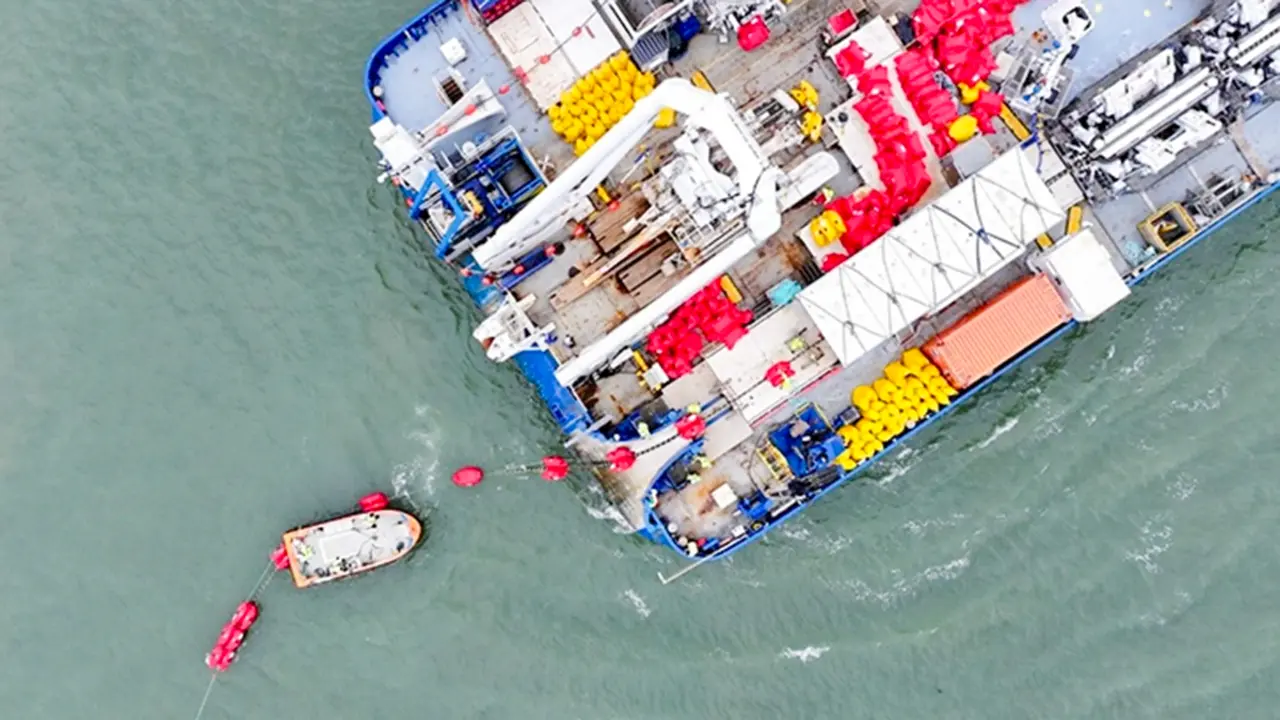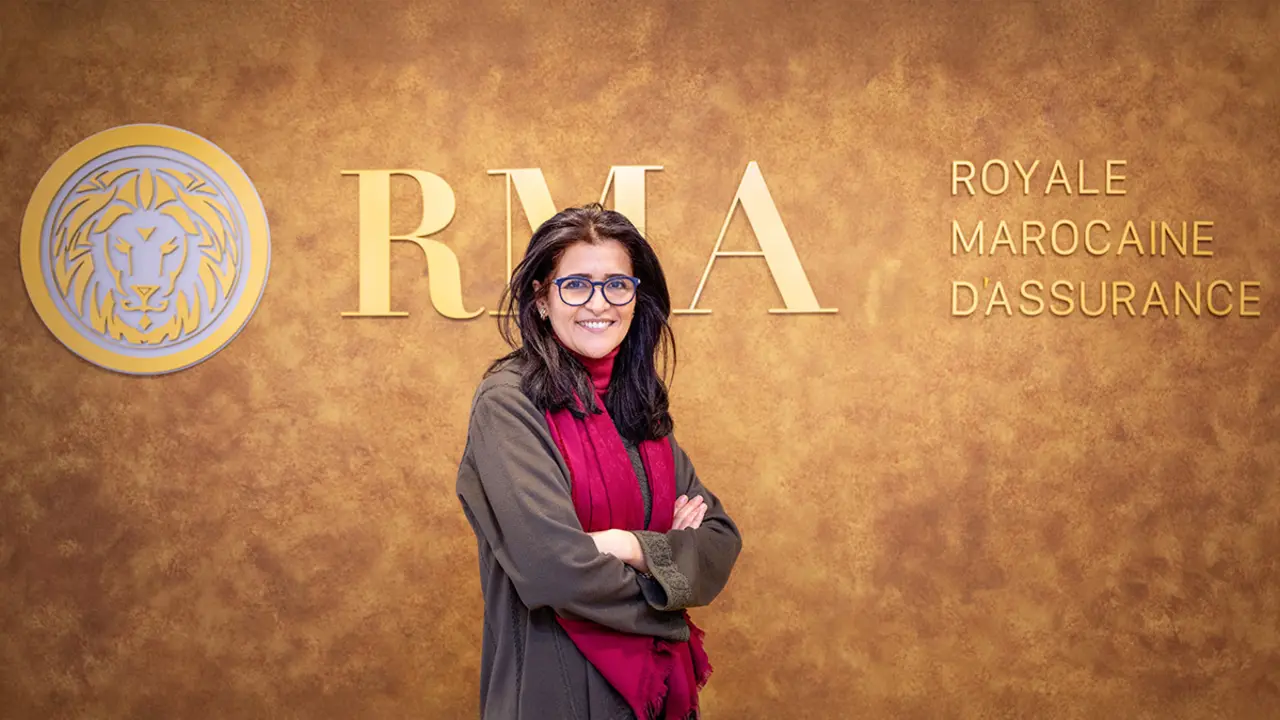The aviation sector faces considerable risks
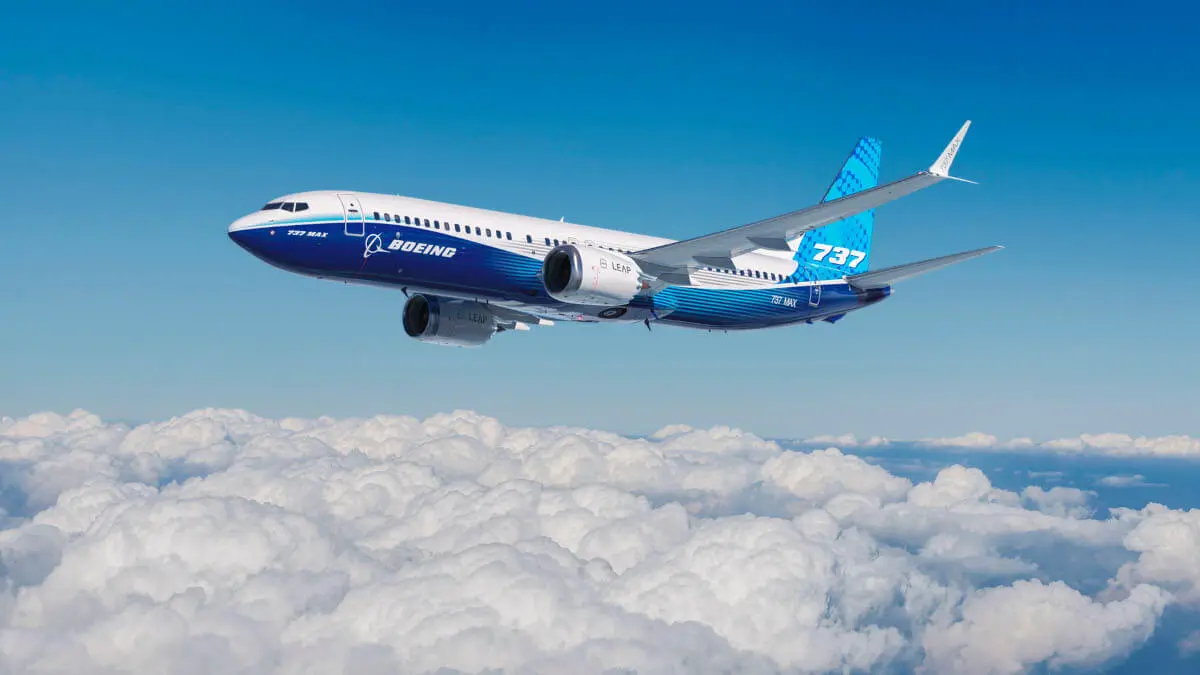
The aviation sector has become one of the most vulnerable in terms of economics and security due to growing armed conflicts and prevailing geopolitical instability. In response to this scenario, there is increasing investment in technology and in promoting international agreements.
It is not uncommon for flights to be delayed or cancelled on several occasions, but airlines are facing a proliferation of these inconveniences with the rise of wars and geopolitical conflicts, which translates into high costs and severe changes to their routes.
The volatility of routes in Asia and Africa due to sudden cancellations or expensive diversions is forcing airspace to limit flight options.
Mark Zee, founder of OBS Group, explains that flights between Europe and Asia are being carefully reviewed due to the Israeli-Palestinian, Russian-Ukrainian and, most recently, Indian-Pakistani conflicts, among others.
Measures are being taken to prevent disasters such as the crash of an Azerbaijan Airlines flight in Kazakhstan in December 2024, which, according to various sources, was attributed to an attack by Russian air defences.
This problem has global significance because, according to Abdullah bin Touq Al Marri, Minister of Economy of the United Arab Emirates and Chairman of the Board of Directors of the General Civil Aviation Authority, aviation contributes more than 4 trillion dollars to the global economy and facilitates both transport and humanitarian efforts.
Governments therefore have an important role to play in providing information to help ensure civil aviation safety, as Willie Walsh, Director General of the International Air Transport Association (IATA), said at the 81st Annual General Meeting.

In addition, IATA's 2024 aviation safety report reinforces the need for the Canadian Safer Skies initiative, ‘created in the wake of the PS752 tragedy to facilitate safety measures in high-risk airspace.’
‘No civil aircraft should ever be the target, whether deliberate or accidental, of military operations. Governments must step up, improve intelligence sharing and establish clearer global protocols to prevent such tragedies and safeguard civil aviation,’ Walsh insists.
Investment in ICT
One of the methods airlines are betting on during this turbulent period is increased investment in technology. The Air Transport IT Insights 2024 report by aeronautical technology company SITA highlights that in 2024, approximately 37 billion dollars will have been spent on technology for airlines.
Flight route optimisation ensures that journeys are carried out safely and efficiently thanks to various software and data analysis tools. Due to the problems mentioned above, this technology is where the most funds are being lost.

Fortune Business Insights estimates that the market for this type of technology will grow by around 14 billion dollars by 2032, according to its report on the size of the flight route optimisation market.
‘With the digital transformation within the aviation industry, the integration of technologies such as Artificial Intelligence (AI), Machine Learning (ML) and Big Data Analytics into flight route optimisation systems will further improve their capabilities and effectiveness. All these factors collectively contribute to market growth.’
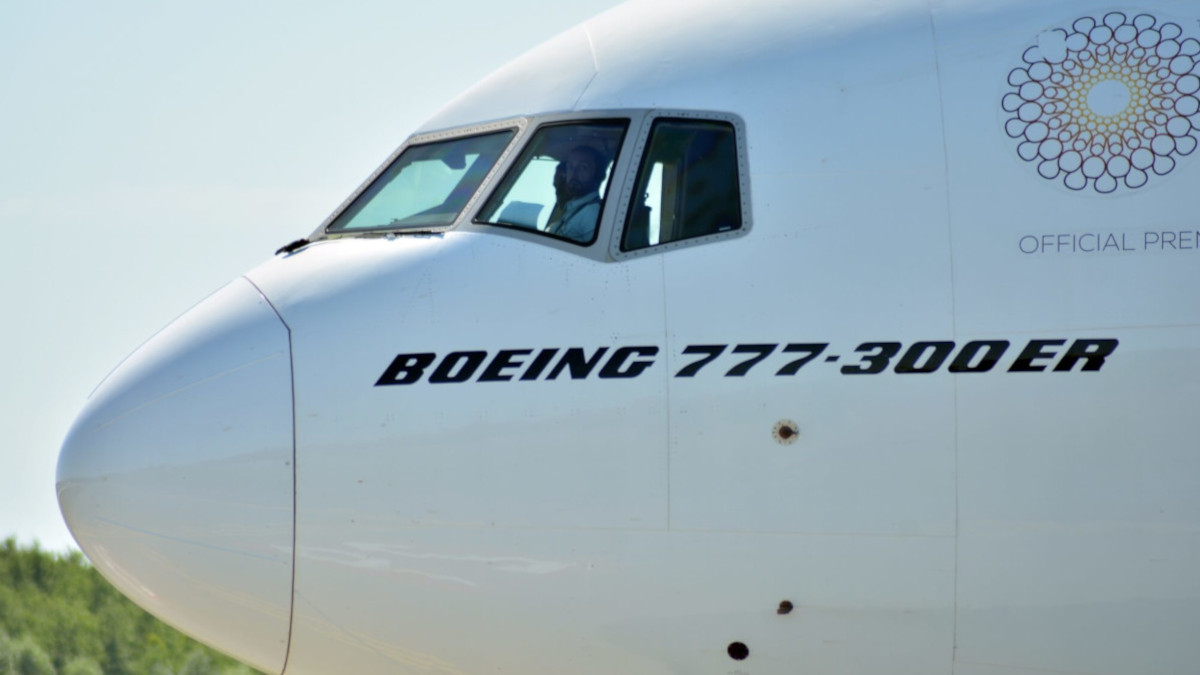
International agreements
International agreements are another way for the aviation sector to address the various problems it currently faces.
International agreements include rules and regulations that ensure good performance in the aviation sector. In this way, countries cooperate to ensure that civil flights do not suffer any inconveniences. An example is the Memorandum of Understanding (MOU), a document in which two or more entities demonstrate their desire to achieve a common goal without legally committing themselves.
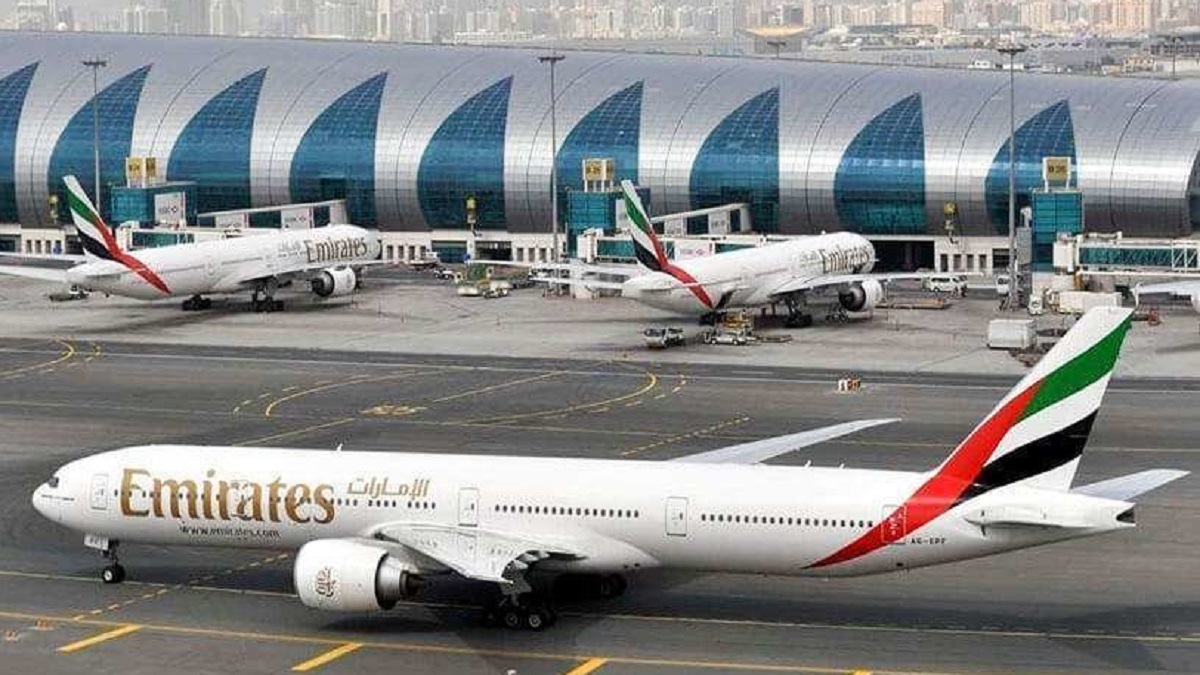
In March this year, Dubai Emirates signed 11 strategic agreements at the ITB Berlin 2025 tourism fair. It also renewed its memorandum of understanding with the Austrian National Tourist Office (ANTO) and signed another with the Malta Tourism Authority. All this is aimed at exchanging travellers and generating tourism.
On the same date, Royal Air Maroc and China Southern Airlines signed a memorandum of understanding to cooperate and improve connectivity between Morocco and China.

